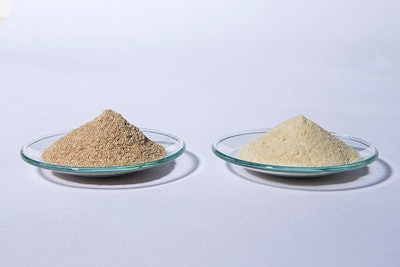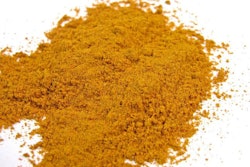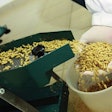
Quite often, I complain about the lack of new animal feed additives. Not this time, however, as I have come across something that makes me less pessimistic about the slowing pace of research towards innovative products.
Activated silicon dioxide is practically finely-ground, purified, natural sand (crystalline silicon dioxide, SiO2) that has been activated with an electromagnetic charge. The exact process escapes my full understanding, as physics was one of the courses I always dreaded. But, considering that chemistry is what concerns us in nutrition, and chemistry is the movement of electrons, thus electric charge, not only do we circle back to physics, but we also get down to basics of nutrition science.
I would pay close attention to this feed additive.
I am not sure if even the manufacturers fully understand or appreciate the exact mode of action of this product, but for me it was enough to boost me to read a book on inorganic chemistry. I now better understand their theory behind the product, albeit I am not fully convinced about its exact application. At the very least, there is a good number of experiments that have been conducted with promising results, but there is still a lot of work to be done on the practical side.
It certainly is a novel idea, and it merits paying attention. Whether it works or not is a matter of discussion at the moment, but again, this is the scope of this blog. I would certainly be paying close attention to this feed additive, as I am sure many others will consider a similar approach with similar compounds.


















